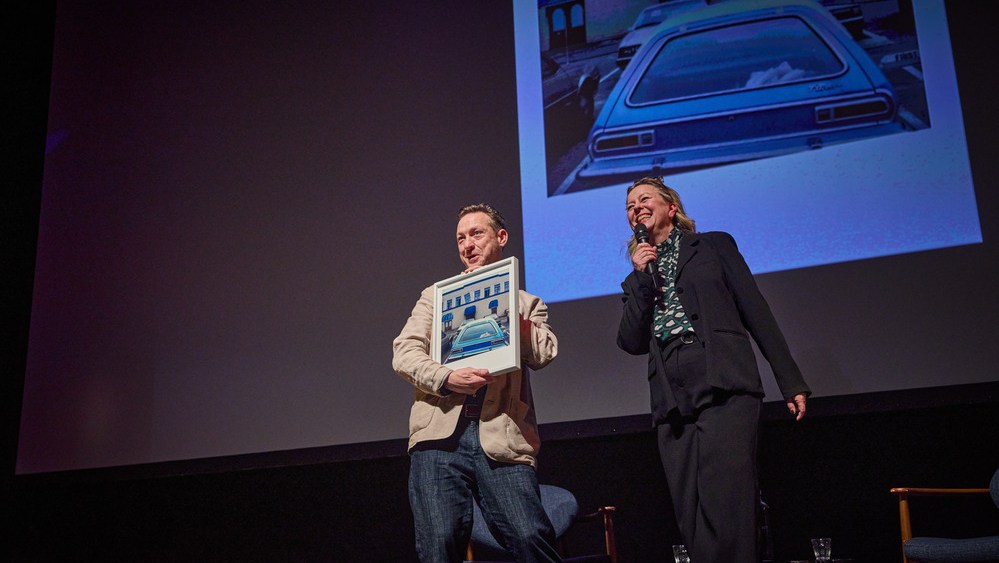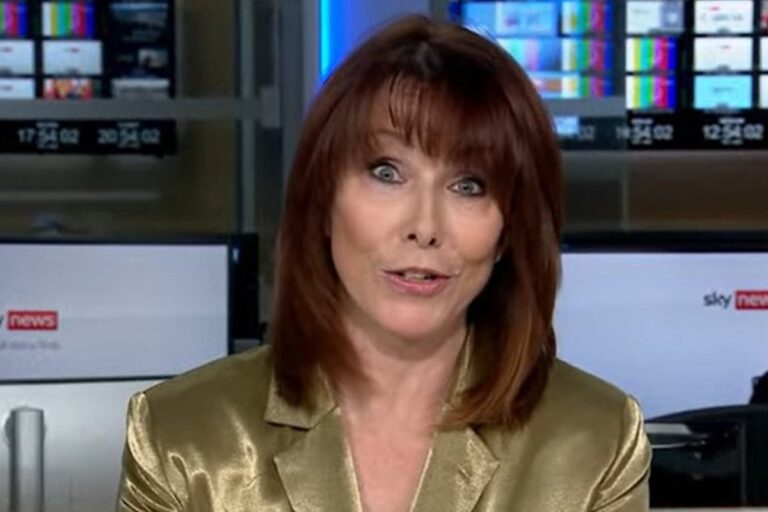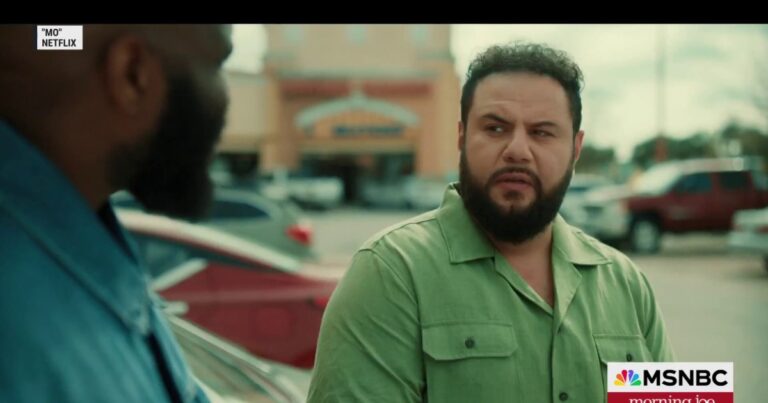
British cinematographer Lol Crawley spoke about his experience of shooting Brady Corbet’s Oscar-nominated epic “The Brutalist” at this year’s International Film Festival Rotterdam, where he was awarded the Robby Müller Award. The DP praised Corbet, a longtime collaborator, speaking of him as a “pragmatic” director who is “across budget in every possible way.”
“If somebody tells him we can’t afford [something] and he knows he wants it, he finds where he can take the money from to make it work,” Crawley continued, going on to recall an episode in “The Brutalist” where the building chosen to serve as the house of the Van Buren family didn’t feature a bedroom, despite several scenes in the script mentioning one.
“There’s a scenario where you can work with another director and spend weeks looking for this unattainable location because you can be quite precious about your desires and designs for the film,” said the cinematographer. “Brady was like, ‘Well, I don’t need a bedroom.’ As long as the intent and the theme of the scene remain intact, he’ll cut his cloth and find a way through it. ‘The Brutalist’ was 33 days for $10 million. That is one of the ways you achieve that, by being smart and sensible.”
Corbet’s long-gestating three-hour epic about visionary Jewish architect László Tóth (Adrien Brody), who escapes postwar Europe to try to rebuild his life in America, landed 10 nominations at this year’s Oscars, including best picture and best cinematography for Crawley. At the two-hour extended talk event at Rotterdam, the DP spoke about shooting some key scenes in the film, including a side-angled shot of the Statue of Liberty Variety’s Owen Gleiberman called “riveting” and has been widely lauded by critics.

Courtesy of IFFR
“The Statue of Liberty is this incredible gift from France but it is on an island, on a plinth, so it is kind of kept from you,” put Crawley. “Brady and I have always explored what we refer to as the untethered camera, where the camera liberates itself. I think we got to a point where it was kind of like: What if we don’t know what this thing is? We suddenly start to see a face and the torch and it unfolds itself. It’s right above you. Brady liked the idea but then it was, well, how could we possibly do it? We’d have to get a crane on the island in New York.”
Crawley and Corbet considered using other versions of the Statue of Liberty, like a replica in Paris, but it felt “prohibitive” due to costs. “Brady had to be convinced, obviously, that it was going to work thematically and stylistically. Ultimately, we went to New York after the shoot and had a day filming other sections in the film, landscapes of the Manhattan skyline, and then filmed the Statue of Liberty on a long lens. Then, very much editorially, it’s this twisting, turning thing.”
“In many ways, that scene encapsulates the entire movie,” continued Crawley. “It also mimics the institute László builds in the sense that it is partly subterranean, partly denied light. There’s this idea of ascension, reaching for the light. When I was filming it, I didn’t appreciate the disorientation for the viewer because I was aware of what it was and that we were supposed to be in the bowels of a ship. But the audiences now say they thought they were in a concentration camp. It tracks the journey in one scene.”
Crawley finished his recollection of the scene in an emotional tone, saying, “There’s a revelation at the end of the film that the spaces within the institute are identical in dimensions to the spaces he had to inhabit in Dachau and his way of taking control back is to liberate, remove the ceiling. I love this idea of letting the light in. I get quite emotional. I watched the film again and I always get quite choked when you have that understanding.”
Elsewhere in the talk, Crawley spoke briefly about having worked with Bob Dylan in the music video for “Shadow Kingdom.” “He was extraordinary. I obviously didn’t see him write or record music but I got a real insight. He feels like someone who doesn’t necessarily know what they want in that moment but absolutely knows what they don’t want so it is interesting because there’s this process of finding it.”
“ It’s the same with film, in a sense,” Crawley added. “There are a lot of people who roll their eyes, say ‘Do your bloody homework, write it down, do the shot list,’ but there’s a beauty in finding that you can’t preempt.”
A collaboration between IFFR, the Netherlands Society of Cinematographers (NSC), and Andrea Müller-Schirmer, Müller’s wife, the award was founded in 2020, two years after the death of the “Paris, Texas” cinematographer, and aims to honor image-makers who have “created a striking visual language throughout their work.”


